SUMMARY
This is AI generated summarization, which may have errors. For context, always refer to the full article.
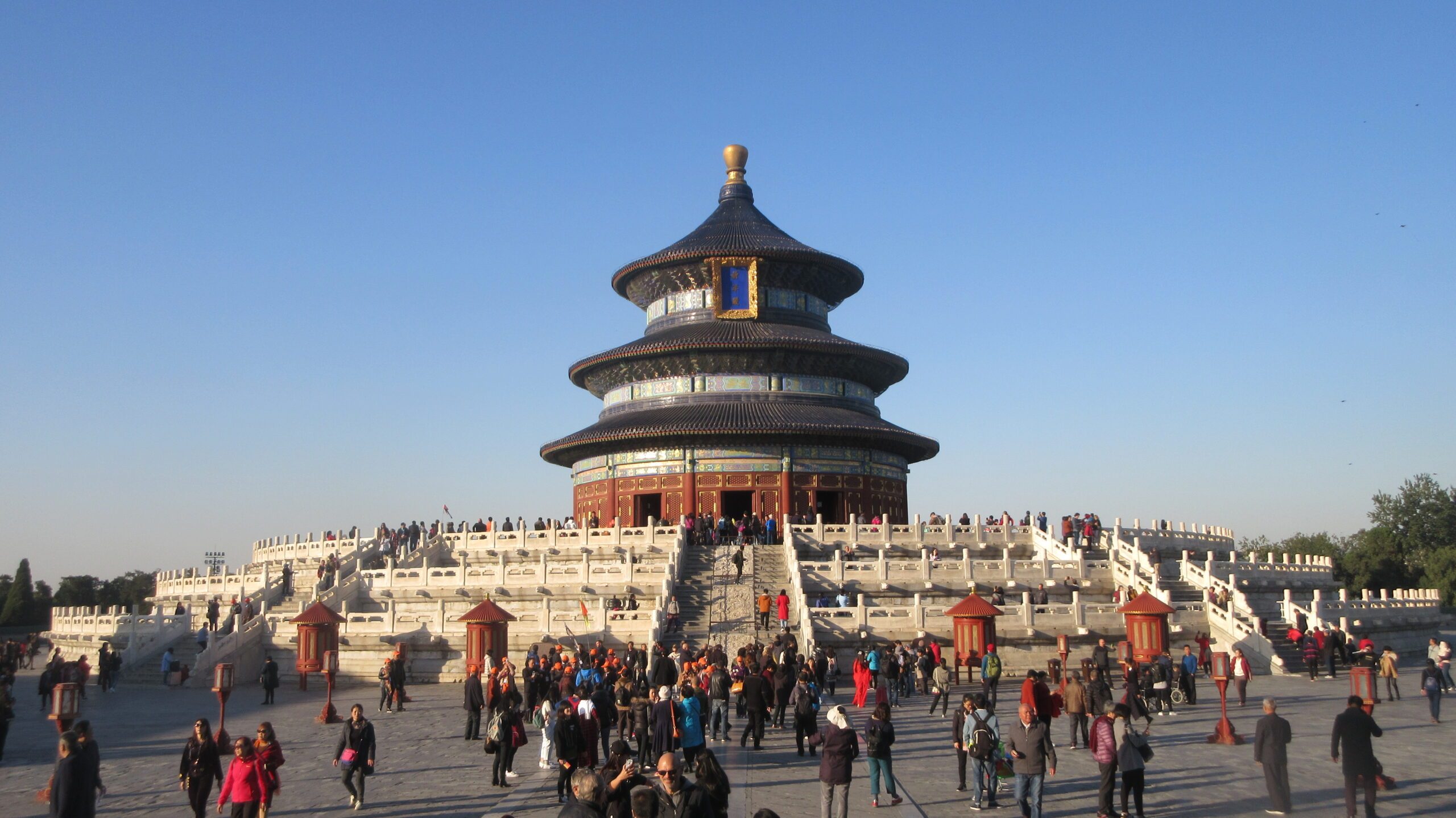
Beijing is the capital of China and is a city that has a history spanning several centuries. This bustling metropolis has all the signs of a modern destination with an extensive web of transportation connections, skyscrapers, well-known brands, various restaurants, and entertainment districts. However, it has maintained its ancient charm with narrow streets, traditional buildings, temples, and famous attractions like the Great Wall, Forbidden City, and the Temple of Heaven. Beijing is a premier tourist destination you’d want to include on your Asia bucket list.
Getting a visa
Filipinos need to apply for a visa to enter China. These are the basic requirements:
- Original passport with at least one blank visa page and valid for at least six more months.
- You’ll also need to bring a photocopy of the emergency contact and information page.
- Old passport
- A recent 48mm x 33mm photo taken within the last six months.
- Photocopy of previous Chinese visas, if it isn’t your first time visiting.
Other than the above-mentioned documents, first-time applicants need to submit the following:
- Bank certificate
- Certificate of employment (for employees)
- Business registration certificate (for owners)
- Stamped BIR income tax return
For more information, visit the following websites:
- http://ph.china-embassy.gov.cn/eng/lsfw/visas/201208/t20120814_1336195.htm
- http://ph.china-embassy.gov.cn/eng/lsfw/visas/
Get into Beijing
There are some direct flights from Manila to Beijing while other options have a layover. You can check for flights and prices here.
Get out of the airport
You have a few transportation options when you leave Beijing’s airport. You can always take a cab, or a private transfer arranged by your accommodation. This option costs you up to CNY150+++ depending on the location of your hotel. You can take the airport shuttle bus to the city center via route #3 towards Beijing Railway Station. You can alight at either Dongzhimen or Beijing Railway Station then take the metro or a cab to your accommodation. The bus costs up to CNY30+++. You can also take the airport express train from terminal 3. You’ll get off at Dongzhimen then take the metro or a cab to your accommodation. This option costs around CNY29.
Get around Beijing

Beijing is a sprawling megacity you could easily get lost in. However, you can take multiple types of transportation to reach your destination. You can take the metro, bus, or taxis.
Itinerary
Beijing provides visitors with plenty of things to do and see during their visit.
*This itinerary assumes you start with one full day.
Day 1
On your first full day, start off with exploring one of Beijing’s most famous destinations, Tiananmen Square. The latter holds a significant place in China’s long history and is one of the largest inner-city squares in the world. The huge square is where many locals and tourists congregate to get a sneak peek of the country’s history. Some of the notable sites include the Mausoleum of Mao Zedong, Monument to the People’s Heroes, Zhengyangmen (southern gate), and the Tiananmen Gate.
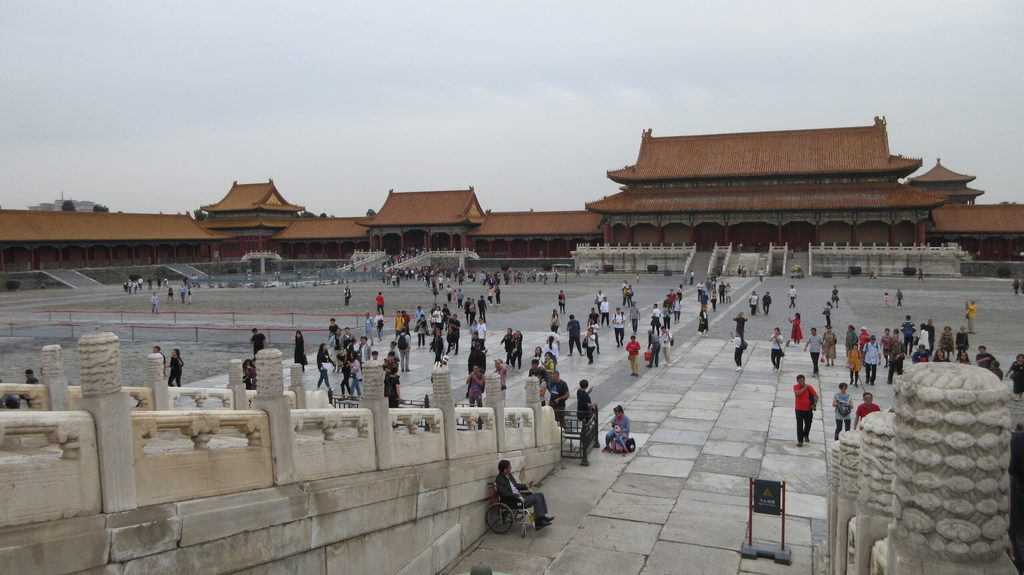
Not too far from the square is the Forbidden City, also known as the Imperial Palace. This destination was the former residence of more than 20 emperors and acted as the center of politics and ceremonies of ancient China for around five centuries. This huge complex became a museum in the 1920s. The Forbidden City consists of an Outer and Inner Court and several halls which were used as living quarters or for ceremonies. It could take an entire day to explore this attraction fully, but you can get a glimpse of it in half a day.
After a day of sightseeing, grab a bite in your favorite restaurant or explore Wangfujing and Nanluoguxiang.
*Bring your passport to the Forbidden City.
*Book your tickets in advance; tickets are sold seven days in advance.
*Visit this website for tickets.
Fees:
- Forbidden City – April-October: CNY60; November-March: CNY40
Day 2
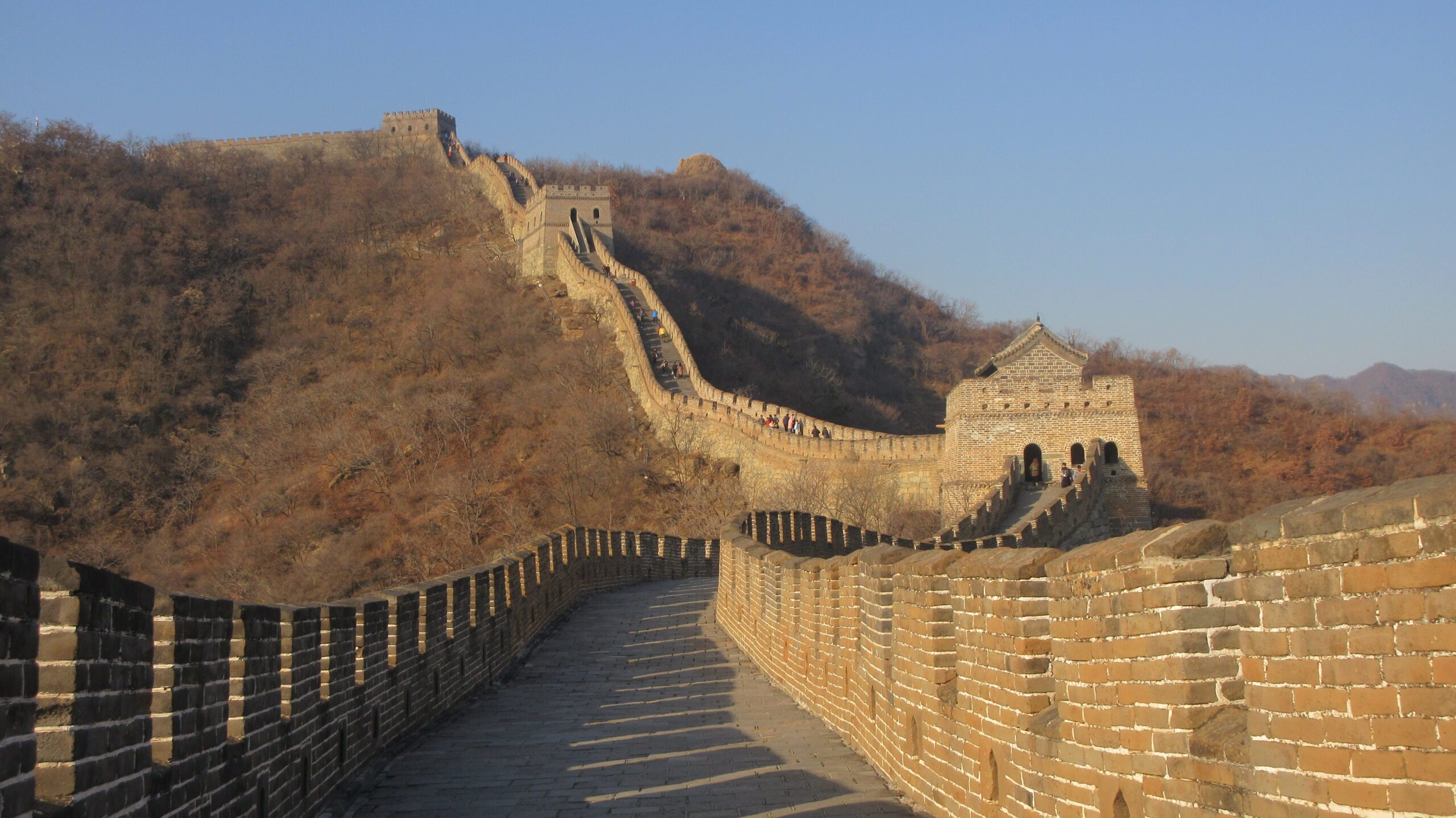
After exploring a bit of the city on your first day, visit China’s most popular tourist destination, the Great Wall. The wall spans hundreds of kilometers across China. Construction and fortifications took place throughout several centuries. The ancient Chinese emperors had the wall built to protect against invaders. They also used it to control the inflow and outflow of goods and people. Barracks, stations, and watch towers are spread in different sections of the wall. Some of the sections are well-preserved and now serve as tourist attractions. Two of the most popular sections are Badaling and Mutianyu. It’s possible to DIY this trip; however, I would suggest booking a tour instead as it’s more convenient and saves you from the trouble of taking multiple transfers to and from the Great Wall.
Day 3
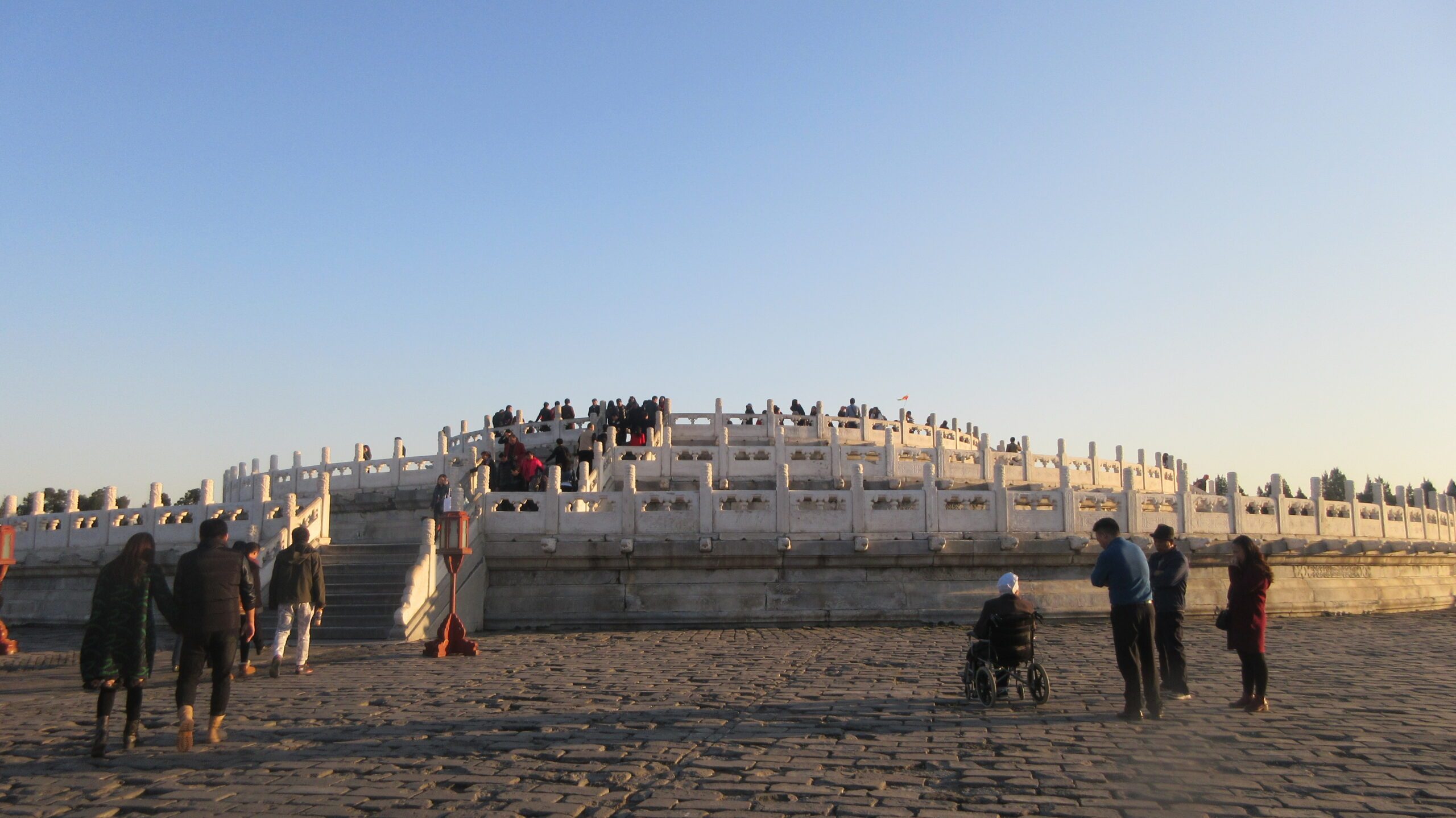
After breakfast, make your way to another famous tourist destination, the Temple of Heaven. The latter is an ancient complex that dates to the 1400s. Emperor Yongle of the Ming Dynasty had it built. It has been subsequently rebuilt and expanded over the centuries by different dynasties. The complex is where emperors of ancient China would offer sacrifice, conduct ceremonies, and pray for a good harvest. Notable structures within its confines include the Circular Mound Altar, Imperial Vault of Heaven, and the Hall of Prayer for Good Harvests.
After exploring the Temple of Heaven, make your way to Jingshan Park. The latter is a scenic spot where you can take leisurely strolls amid the hustle and bustle of the capital. It’s also the best place to get bird’s eye views of the Forbidden City.
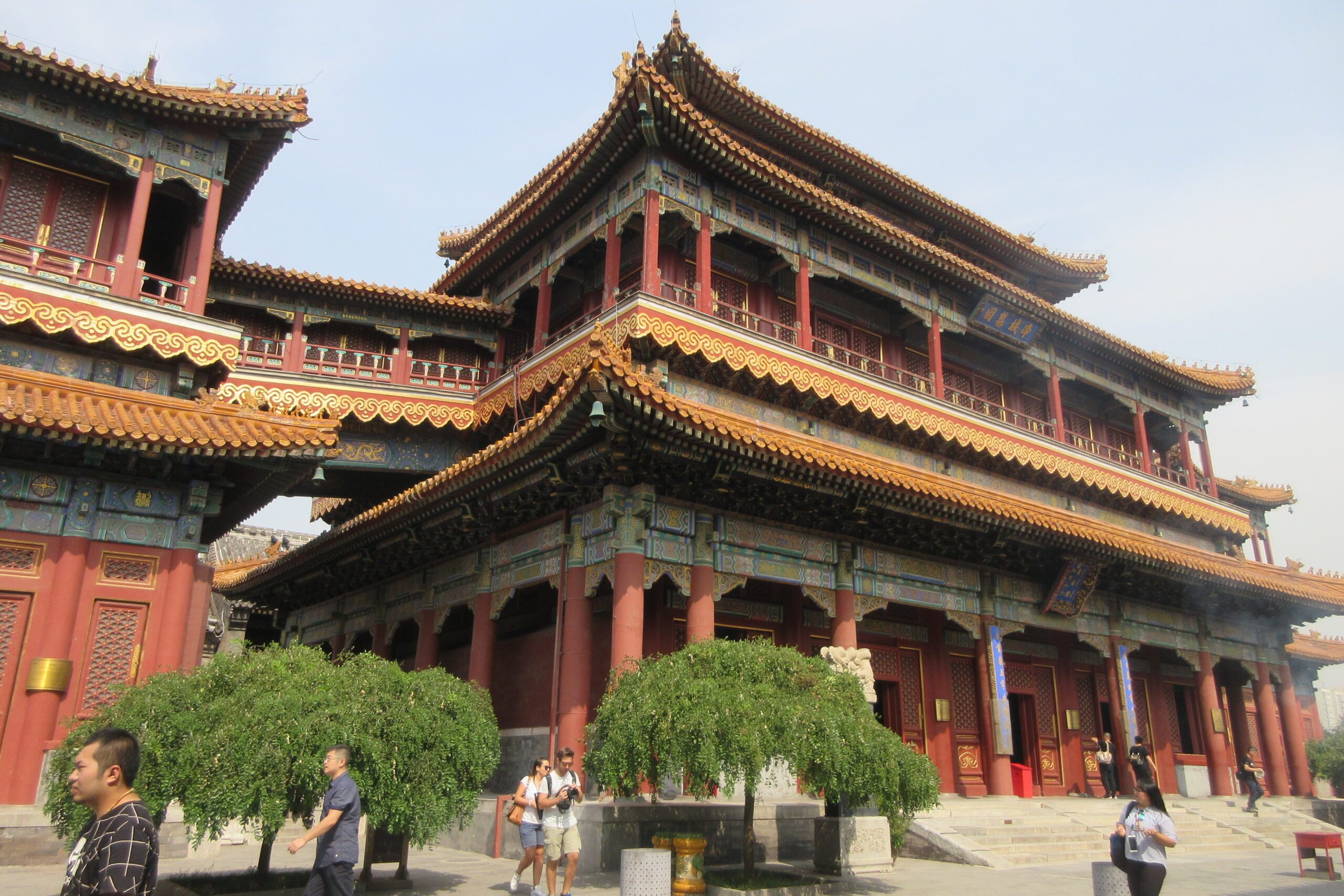
Your next stop is the Yonghe Lama Temple. The latter dates to 1694 and was used to be Emperor Yongzheng’s residence during the time he was a prince. It was changed into a lamasery in the 1740s. The complex has multiple elaborate halls, towers, and gates. It also contains relics pertaining to Buddha and ancient China such as statues, valuable treasures, and the like.
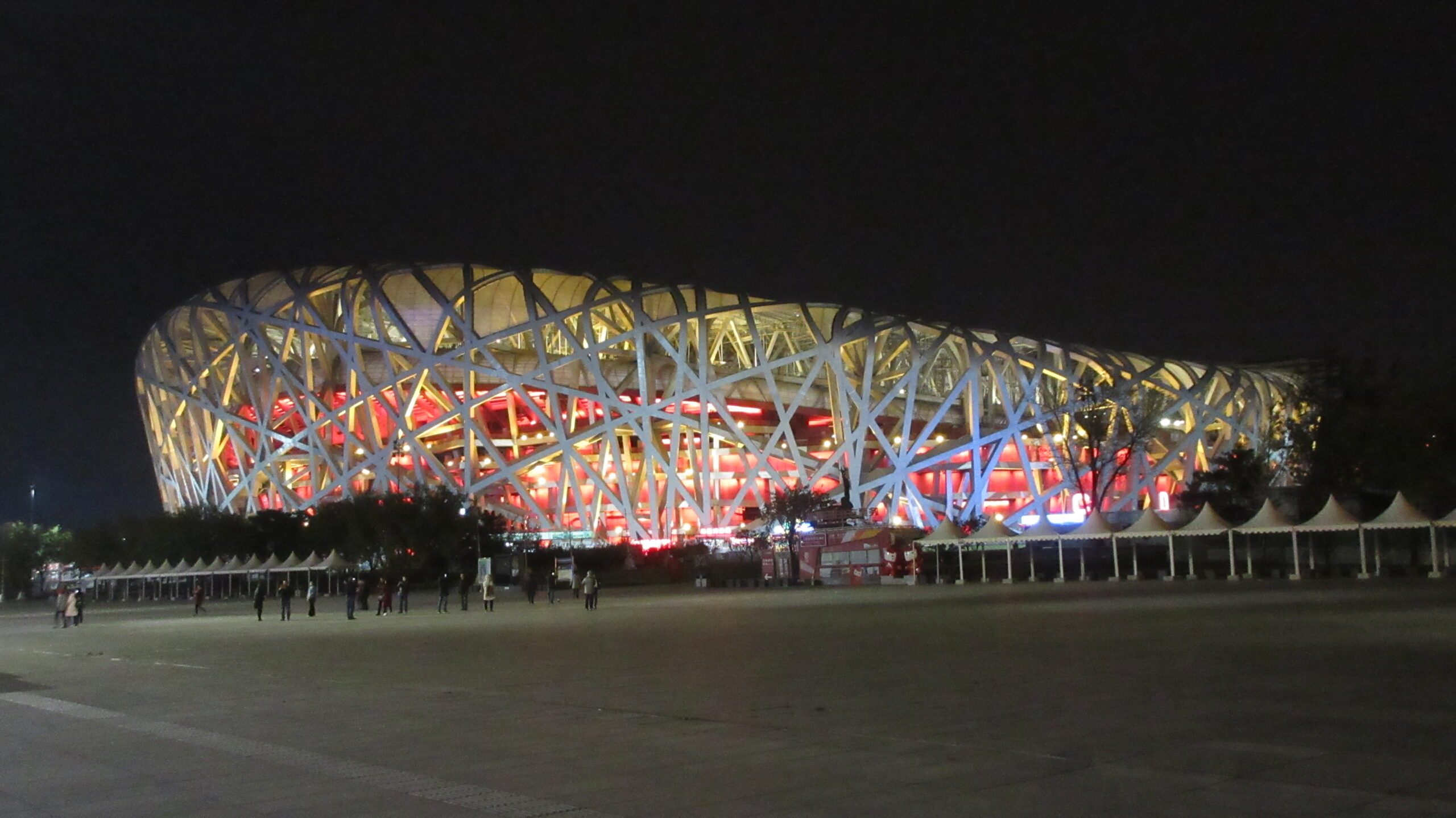
Your last stops for the day are the Water Cube and the Bird’s Nest. The two are structures that were built for the 2008 Beijing Olympics. These architectural wonders are now tourist attractions and sometimes the venues for domestic and international events, and recreational activities.
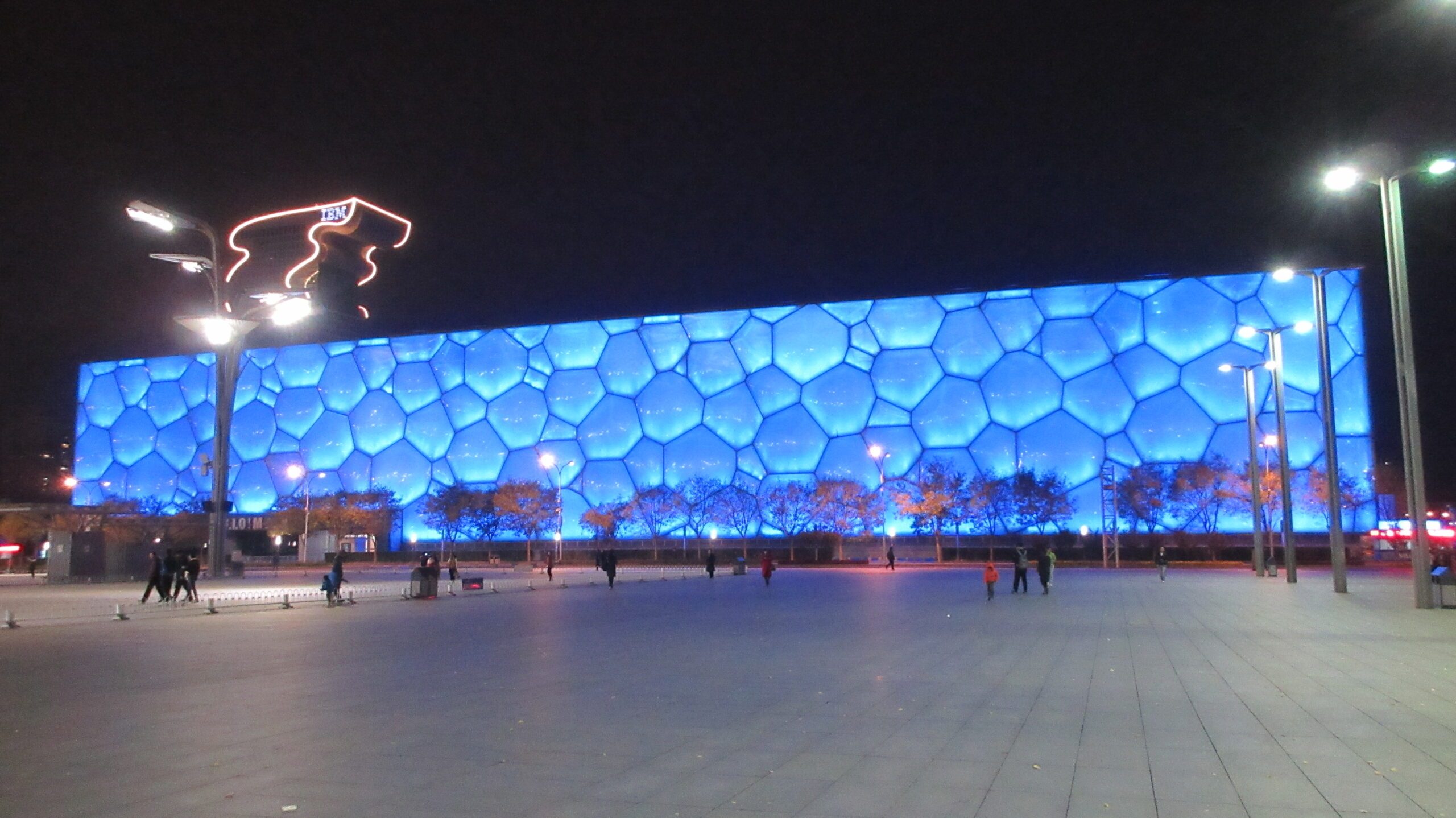
After a day of sightseeing, grab a bite in your favorite restaurant or explore Wangfujing and Nanluoguxiang for other places to eat.
Fees:
- Temple of Heaven – Regular Entrance fee: CNY15 (April-October), CNY10 (November-March). Combo Ticket: CNY34 (April-October), CNY28 (November-March)
- Jingshan Park – CNY2
- Yonghe Temple – CNY25
Day 4
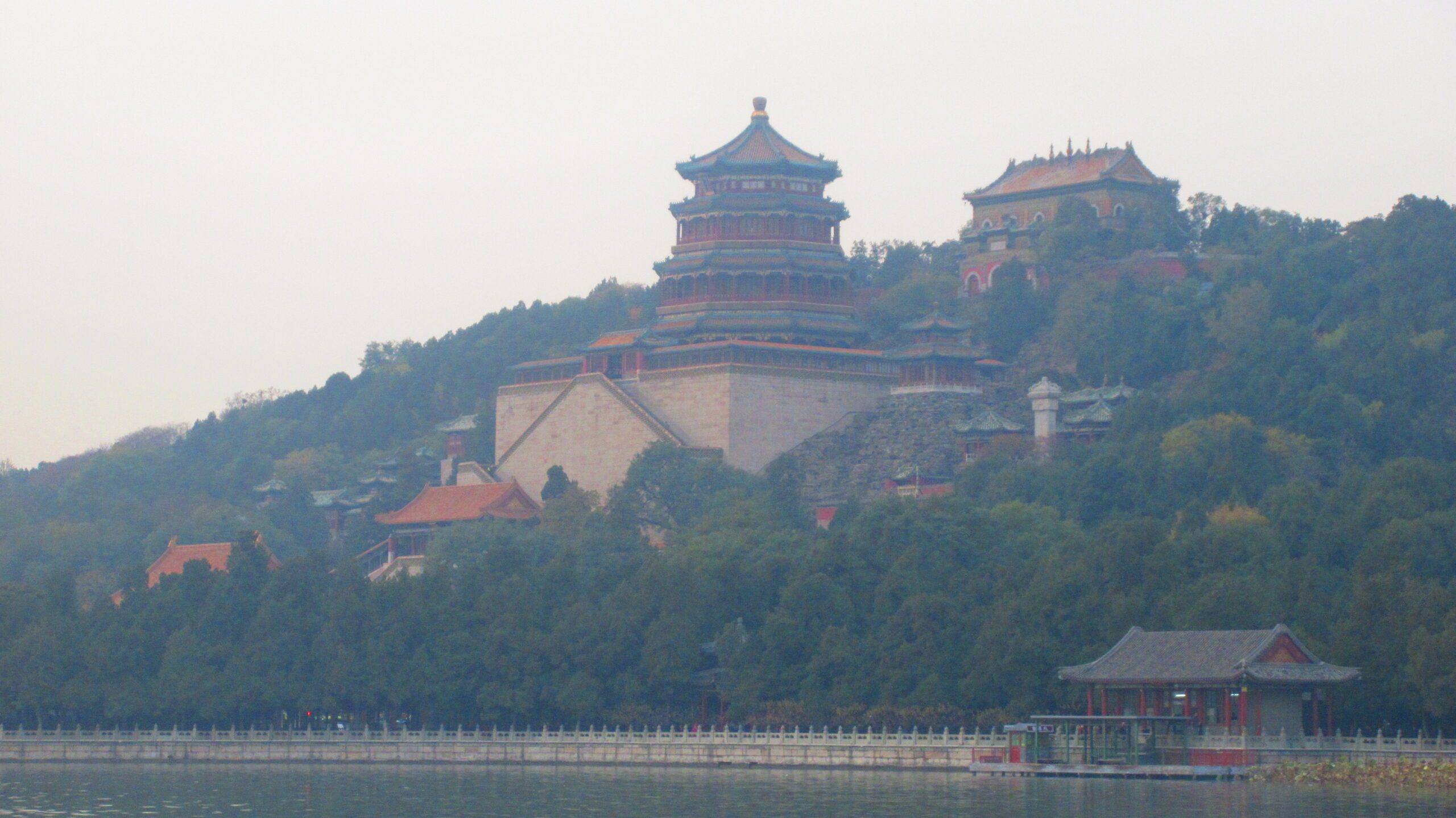
One of the highlights of a trip to Beijing is the Summer Palace. The latter is a sprawling complex that showcases Chinese architecture, culture, and history. This destination is around 15 km from the city center and is a good half-day trip. This well-preserved royal park is one of the largest of its kind in the country. It has a variety of ancient structures such as bridges, corridors, and pavilions that provide you with a glimpse of a bygone epoch. Construction began in 1750 and subsequent reconstructions took place over the centuries. The Summer Palace is now on UNESCO’s World Heritage list.
The Court Area of the Summer Palace is where both court affairs took place and where the imperial family also resided. The front and rear areas of Longevity Hill provide you with fetching views of the gardens, Kunming Lake, and several other ancient structures.
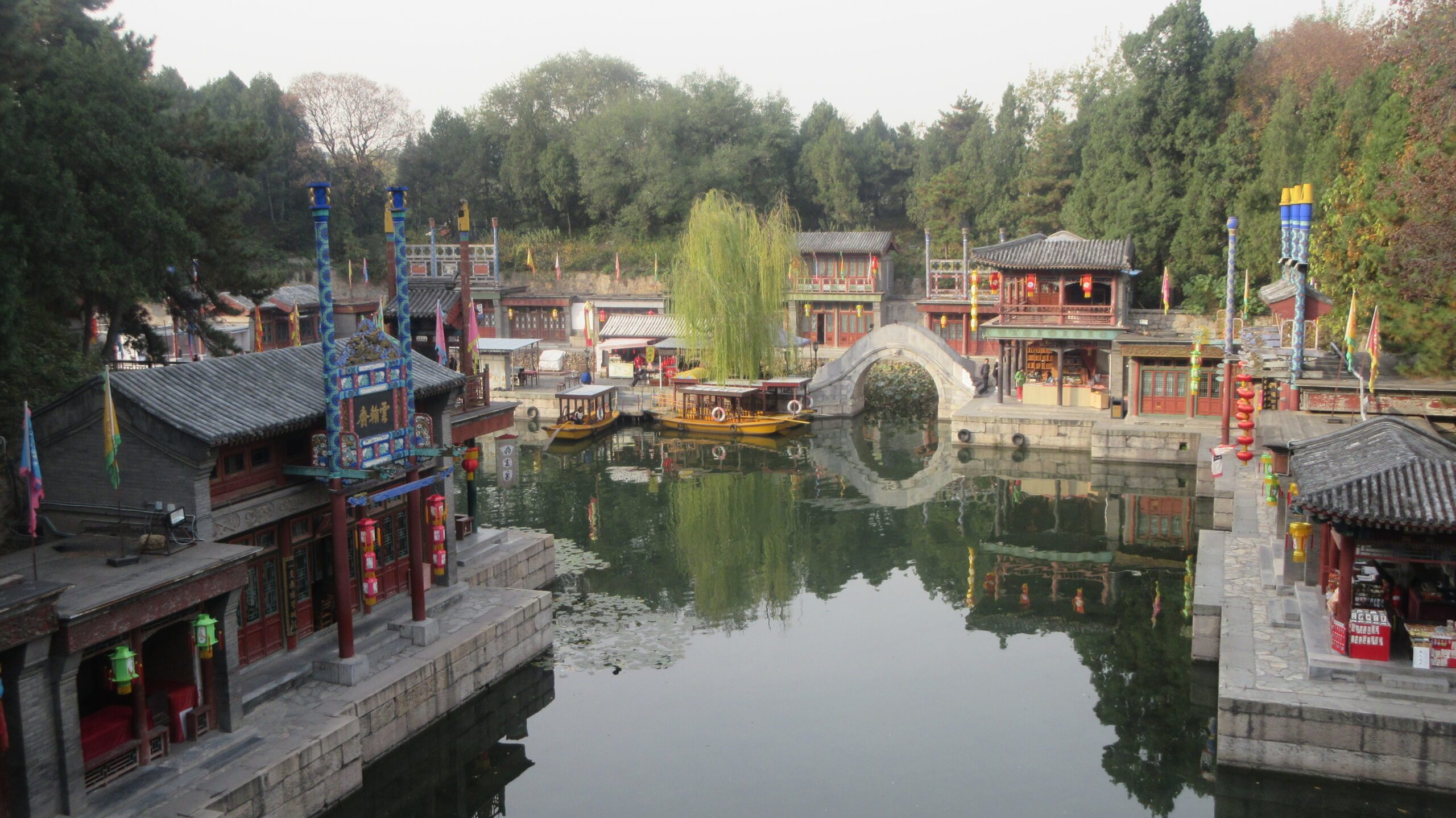
How to get to the Summer Palace: Take metro line 4 to Beigongmen station. Take exit D and head towards the north gate.
After half a day of exploring the Summer Palace, head on over to your favorite neighborhood in Beijing, go souvenir shopping, or simply rest in your accommodation.
Fees:
- Summer Palace – Standard Entrance fee: CNY30 (April-October), CNY20 (November-March). Combo Ticket: CNY60 (April-October), CNY50 (November-March)
Day 5
After a few days of constant sightseeing, you might want to take it easy and check out a few of Beijing’s neighborhoods. The city has an eclectic mix of old and new characterized by ancient Chinese architecture, hutongs (alleys lined with traditional courtyard residences), glitzy shopping malls, red lanterns, and food streets. You can revisit the neighborhoods around Tiananmen Square and the Forbidden City such as Qianmen, Nanluoguxiang, and Wangfujing.
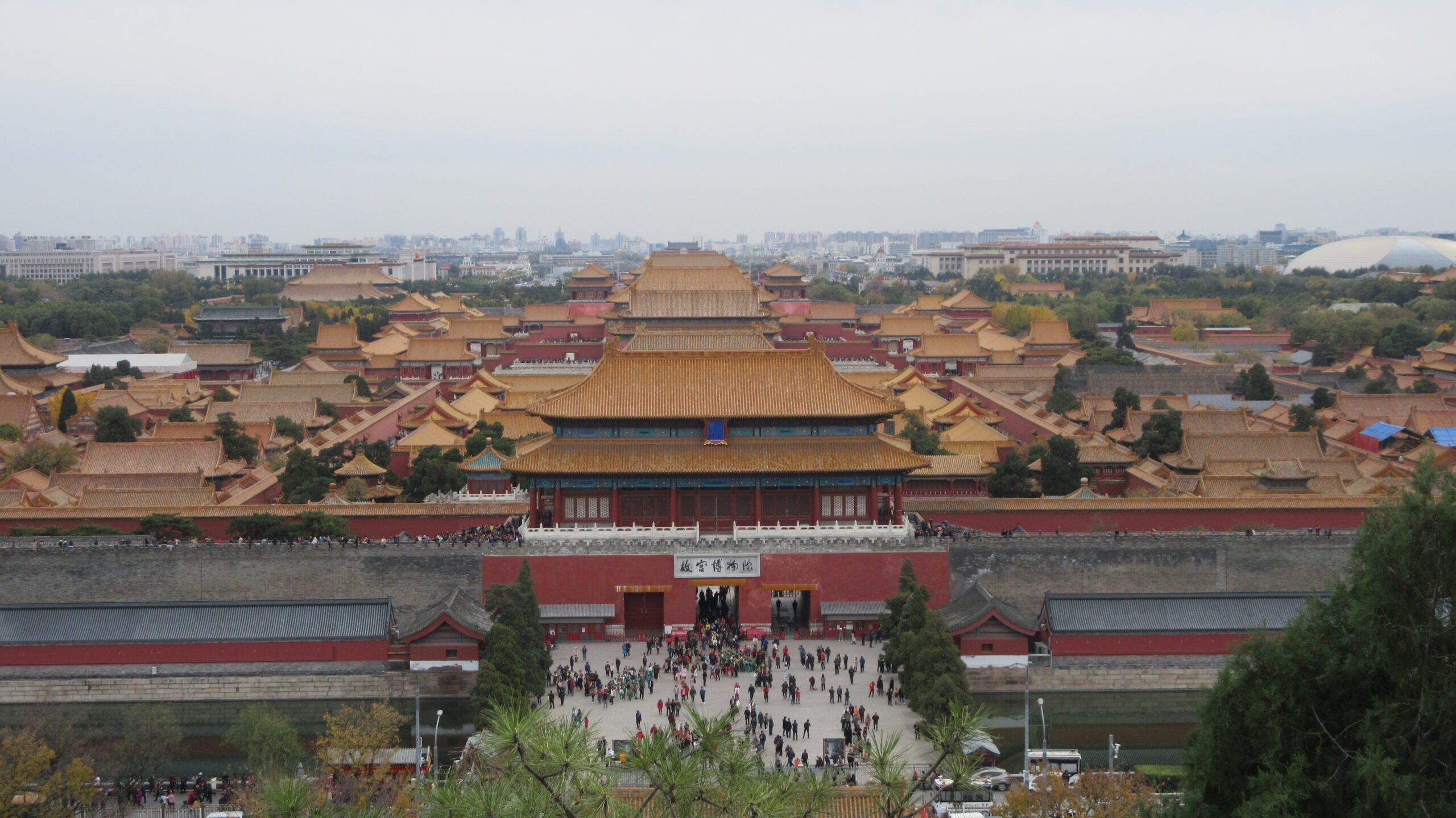
Day 6
Depending on the time of your flight, you’ll still have time to go shopping for souvenirs or other branded (or non-branded) items you’d want to take home.
How much will you spend?
A budget of approximately P30,000 each for at least two persons covers shared accommodation, budget meals, entrance fees, a tour to the great wall, and use of public transportation. This is for the 6-day itinerary mentioned above. It doesn’t include flights and shopping you might want to do while in the city. You can spend less or more depending on your travel style and the things you want to do.
It’s now possible to link foreign credit cards with WeChat. You’ll have to download the international version and create an account. You’ll have to provide a valid ID such as your passport. Once you have the app, follow these steps:
- Go to the “Me” section of the app.
- Click on “Wallet.”
- Click on “Bank Card” and then select “Add a New Card.”
- Input your card details, choose a card type, and enter the issuing company. Fill out the requested information.
- After filling out the required information, click “Submit.”
- You’ll get a confirmation message and an SMS verification code.
– Rappler.com
Joshua Berida is a writer that loves to travel. He blogs at www.thewanderingjuan.net.
#ShareAsia highlights the best and most sought-after experiences in the Asia-Pacific region. It’s a content and resource hub for tourists and locals alike seeking new, exciting experiences in the region.
Add a comment
How does this make you feel?




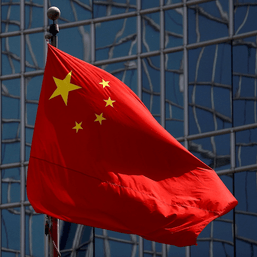






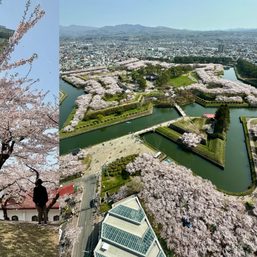
![[Ilonggo Notes] Guimaras: Geared up for success](https://www.rappler.com/tachyon/2024/05/Ilonggo-Notes-Guimaras-May-6-2024.jpg?resize=257%2C257&crop=298px%2C0px%2C720px%2C720px)
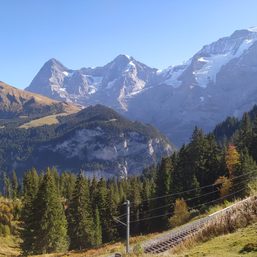


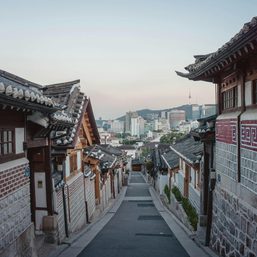


There are no comments yet. Add your comment to start the conversation.